Have you ever wondered why some cats seem unflappable, while others skitter away at the slightest sound? The secret lies in emotional resilience—a fascinating, often overlooked quality that shapes how our feline friends cope with stress, bounce back from setbacks, and thrive in a world full of surprises. If you’ve ever loved a cat, you know their hearts are as mysterious as their eyes. Today, let’s peek behind the curtain and discover what really makes a cat emotionally resilient over time. Prepare to be surprised, inspired, and maybe even rethink the way you see your beloved companion.
The Power of Early Socialization
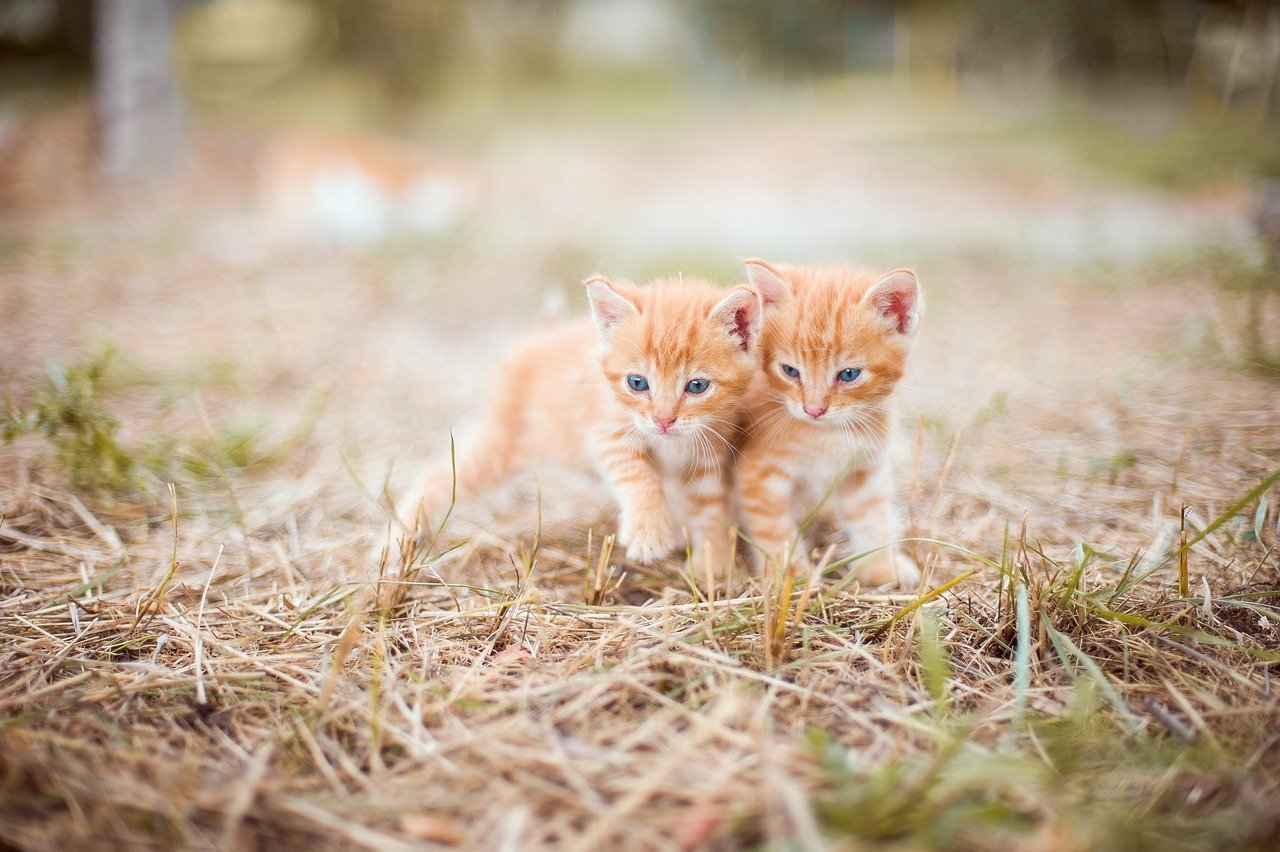
Kittens that are gently handled and exposed to different people, sounds, and environments during their first few weeks of life often grow up to be more emotionally resilient. Early socialization helps them form positive associations with new experiences, so they’re less likely to be fearful adults. Think of it like learning to ride a bike: the more practice, the less scary it becomes. Socialized cats tend to recover faster from stress and adapt better to change. This is why shelters and breeders often encourage early handling. A kitten cuddled, talked to, and played with is more likely to become a confident, balanced cat. Early positive experiences set the stage for lifelong emotional strength.
Genetics: The Hidden Blueprint
Emotional resilience in cats isn’t just about upbringing; genes play a big role too. Some breeds are naturally more laid-back than others, thanks to the traits passed down from their ancestors. For example, Ragdolls are famous for their calmness, while Siamese cats can be more sensitive. Just like people inherit eye color, cats inherit personality quirks that influence how they handle stress. However, genetics aren’t destiny. A cat’s environment still matters, but understanding a cat’s breed tendencies can help owners provide the right support. Ultimately, those hidden blueprints shape a cat’s capacity to cope with the world.
Bonding and Attachment to Caregivers
A cat’s relationship with its human is a cornerstone of emotional resilience. When a cat feels safe and loved, they’re more equipped to handle life’s bumps and changes. The gentle touch of a caring hand or the soothing sound of a familiar voice can be a cat’s anchor in a stormy world. Secure attachment gives cats the reassurance they need to face new challenges with confidence. Studies show that cats who trust their caregivers often explore more, recover from stress quicker, and are less prone to anxiety. A strong bond doesn’t just make cats happier—it makes them braver.
Safe Spaces and Territory
Every cat needs a haven—a spot where they can retreat, hide, and recharge. Whether it’s a cozy corner, a high perch, or a favorite box, safe spaces are essential for emotional balance. These comfort zones allow cats to control their environment and escape overstimulation. When cats know they have a secure retreat, they’re more willing to explore and take healthy risks. The sense of territory isn’t just about physical space; it’s about psychological security. Providing these sanctuaries in your home encourages resilience, helping your cat face the world on their own terms.
Consistent Routines and Predictability
Cats are creatures of habit. Predictable routines—regular feeding times, play sessions, and quiet hours—give them a sense of control over their environment. This predictability minimizes surprises, which can be stressful for sensitive felines. When cats know what to expect, their anxiety lessens and their emotional resilience grows. Even small changes, like moving a litter box or altering a feeding schedule, can shake their sense of security. By sticking to routines and introducing changes gradually, owners help their cats build confidence and adapt to life’s inevitable curveballs.
Exposure to Novelty in a Safe Way
Gradual exposure to new experiences is key to building a resilient cat. This can include meeting new people, hearing different sounds, or exploring new rooms. The trick is to introduce novelty slowly and always pair it with positive reinforcement—like treats or gentle praise. Over time, cats learn that unfamiliar things aren’t always threats. This approach helps expand their comfort zone, making them less reactive and more adaptable. Think of it as emotional exercise; the more they practice, the stronger their resilience becomes. With patience, even timid cats can blossom into fearless explorers.
Play and Mental Stimulation
Play isn’t just fun—it’s therapy for cats. Interactive toys, puzzle feeders, and games mimic the challenges of hunting, keeping feline minds sharp and spirits high. Play provides an outlet for pent-up energy and stress, preventing boredom and frustration from taking root. Mentally stimulated cats are better at problem-solving and cope more effectively with change. Engaging in regular play also strengthens the human-cat bond, which is a powerful buffer against anxiety. By keeping their minds and bodies active, playtime nurtures the resilience that cats need to face life’s unpredictabilities.
Handling Change with Care

Life is full of changes—new homes, new pets, even a different brand of litter. For cats, these can be major upheavals. Emotionally resilient cats adapt more easily, but even the bravest need support. Introducing changes gradually, offering extra affection, and maintaining familiar routines can make transitions smoother. Owners who recognize signs of stress, like hiding or reduced appetite, can intervene early and help their cats cope. Over time, cats learn that change isn’t always scary, especially when their humans are by their side. Gentle transitions help build a cat’s confidence for future challenges.
The Role of Positive Reinforcement
Rewarding good behavior with treats, praise, or play teaches cats that positive actions have positive outcomes. This kind of training isn’t just about tricks—it’s about building trust and resilience. Positive reinforcement encourages curious exploration and helps cats recover from setbacks faster. When cats feel empowered to make choices and receive rewards, their confidence grows. Negative discipline, on the other hand, can erode trust and increase anxiety. By focusing on encouragement rather than punishment, owners help their cats develop a sturdy emotional foundation that lasts a lifetime.
Temperature, Lighting, and Comfort
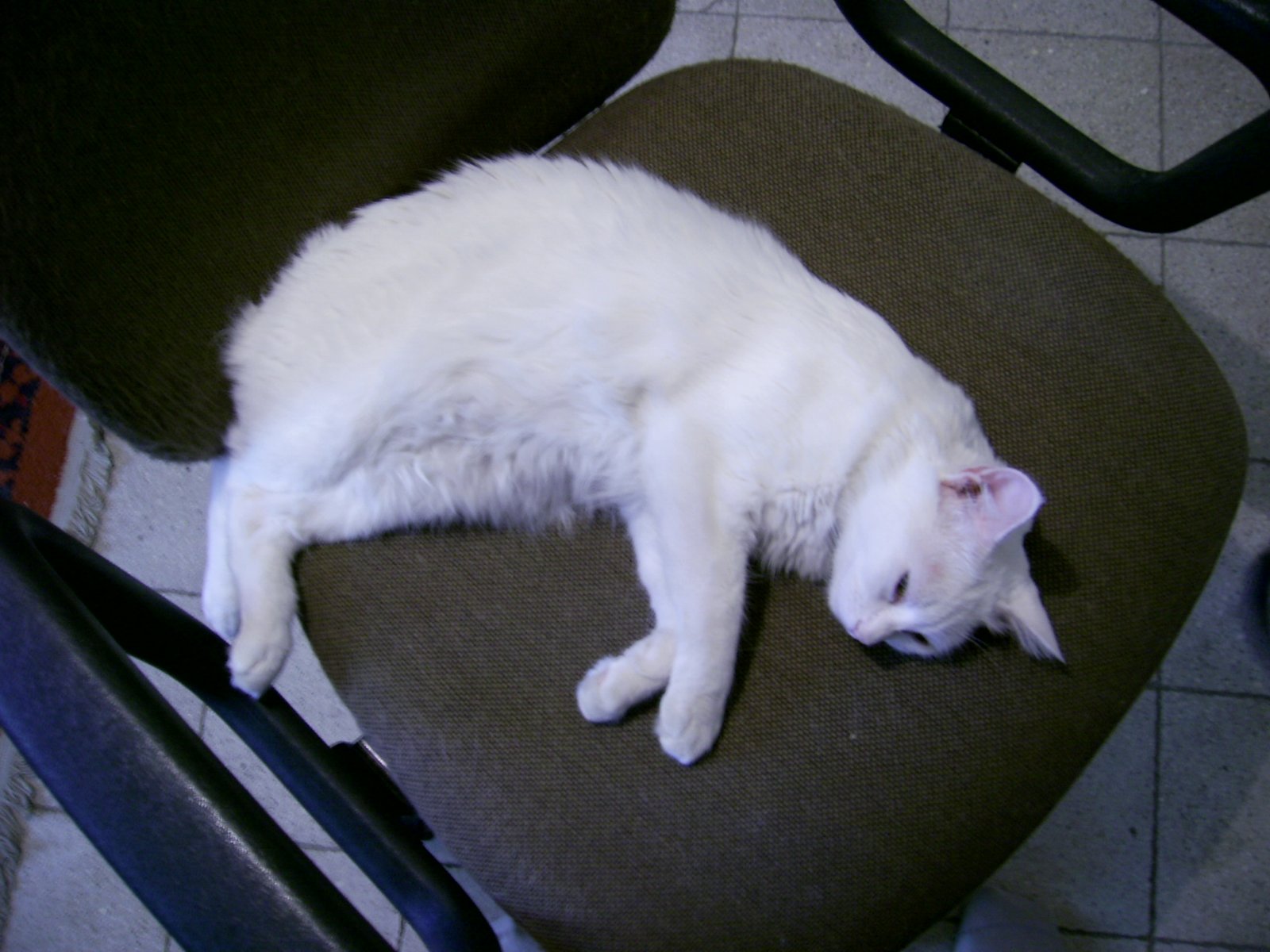
A cat’s physical environment has a surprising impact on emotional resilience. Cozy temperatures, soft bedding, and gentle lighting create a sense of safety. Bright lights or drafty rooms can make cats uneasy, chipping away at their confidence. Cats are sensitive to their surroundings, and small adjustments—like adding a warm blanket or a sunlit perch—can make a world of difference. When cats feel physically comfortable, their stress levels drop and their ability to bounce back from challenges improves. Comfort is the unsung hero of emotional well-being in cats.
Understanding and Managing Stress Triggers
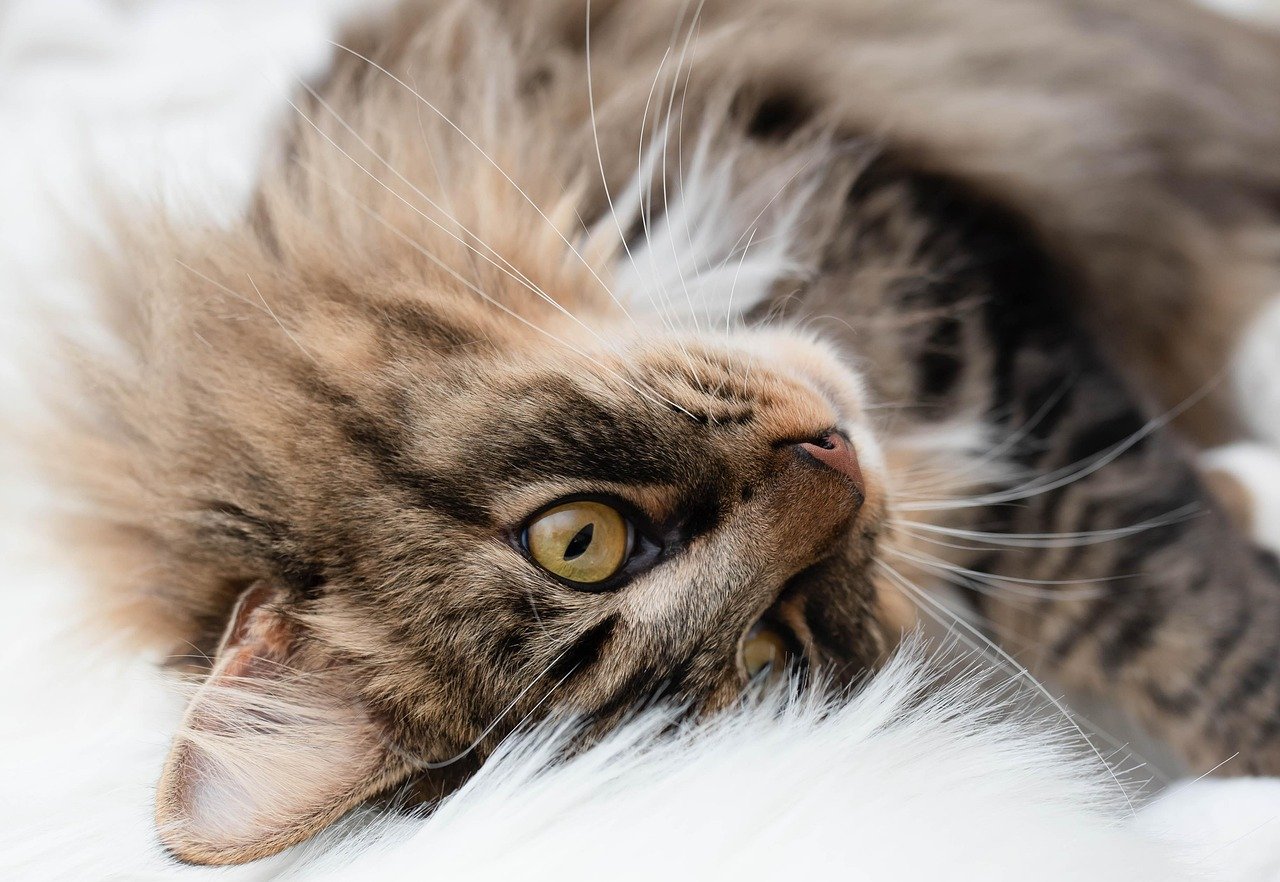
Every cat has unique stress triggers—loud noises, unfamiliar visitors, or even a new piece of furniture. Recognizing these triggers helps owners intervene before anxiety spirals. Calming techniques, such as pheromone diffusers or soothing background music, can ease tension. Some cats benefit from gentle brushing or quiet time in a favorite spot. The more owners understand what unsettles their cats, the better they can tailor their support. Managing stress isn’t just about avoiding problems; it’s about teaching cats how to cope and recover, building resilience for the long haul.
Rescue Cats and Second Chances
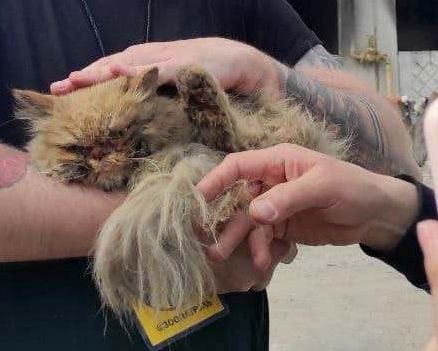
Rescue cats often face extra challenges—past trauma, neglect, or loss. Yet many become shining examples of emotional resilience. With patience, love, and consistent care, these cats learn to trust again and thrive in new homes. Their journeys are living proof that resilience can be rebuilt, no matter how rough the start. Adopting a rescue cat is a testament to the healing power of compassion and stability. Every time a scared cat learns to purr again, it’s a small miracle—a reminder that resilience is not just born, but made.
Health and Physical Well-being
A healthy body supports a healthy mind. Undiagnosed pain or illness can make even the most confident cat anxious and withdrawn. Regular vet check-ups, balanced nutrition, and timely vaccinations keep cats in top shape and ready to face life’s ups and downs. When cats feel good physically, their emotional resilience soars. Owners who notice changes in appetite, grooming, or behavior can catch problems early, preventing emotional setbacks. Good health is the foundation on which resilience stands, supporting every leap, nap, and playful pounce.
The Influence of Other Animals
Companionship can be a double-edged sword for cats. While some thrive with a feline friend or even a gentle dog, others prefer solitude. Social cats often draw strength and comfort from animal companions, helping them recover from stress more quickly. However, forced or poorly managed introductions can have the opposite effect. Owners who respect their cat’s social preferences and pace introductions carefully set the stage for positive relationships. When harmony reigns, the support of furry friends can be a powerful boost for emotional resilience.
Communication and Emotional Expression
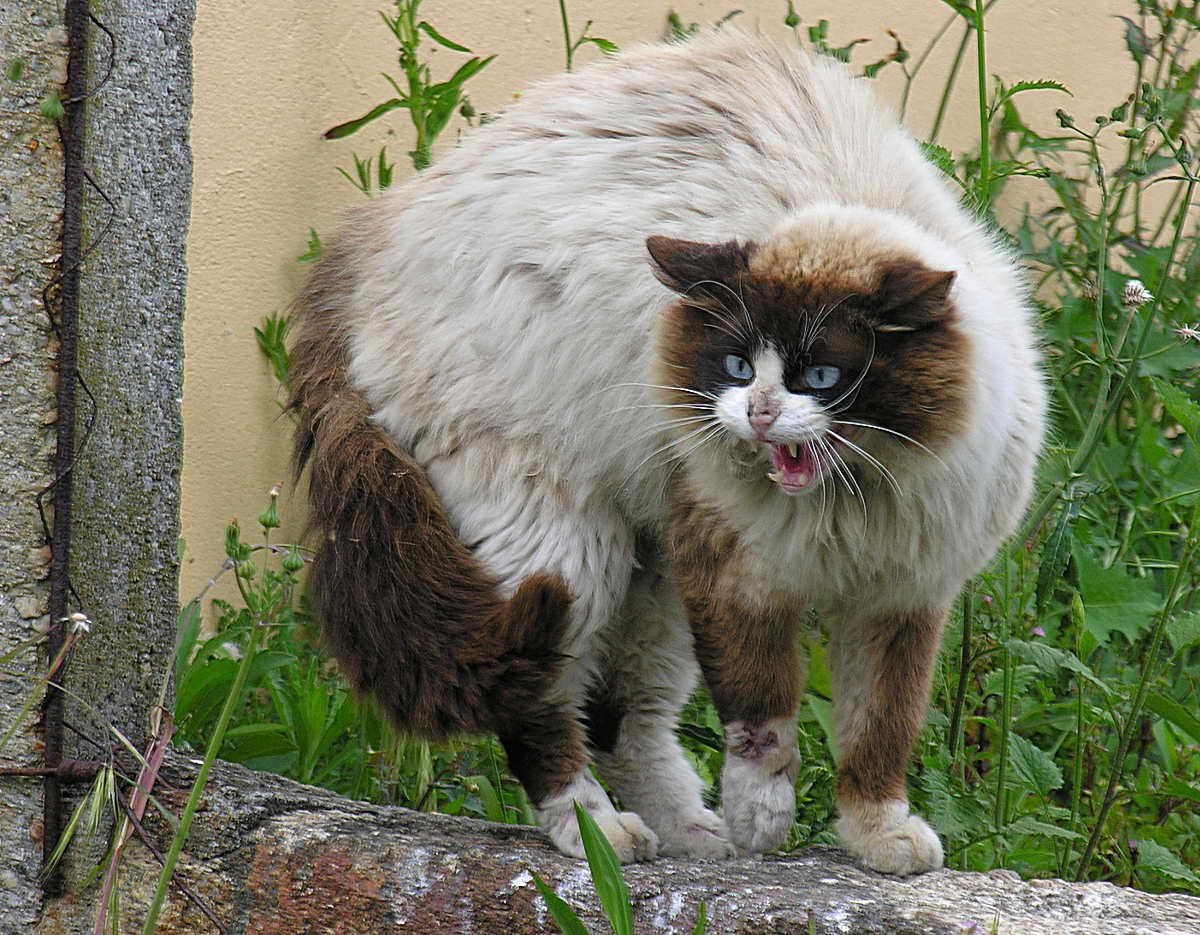
Cats are masters of subtle communication—soft purrs, gentle headbutts, or even a slow blink. These gestures help them express emotions and build trust with their humans. When owners learn to read and respond to these signals, they foster a sense of understanding and security. Consistent, gentle communication reassures cats that their feelings are acknowledged. This emotional feedback loop strengthens resilience, allowing cats to feel seen and supported. Listening to your cat isn’t just about meows; it’s about building a language of love and trust.
Learning from Past Experiences
Cats remember. A cat that has overcome a frightening situation, like a thunderstorm or a vet visit, often emerges stronger—especially if the experience ends in safety and comfort. Each successful recovery adds a layer to their emotional armor. Owners who celebrate these small victories help reinforce a cat’s belief in their own resilience. Over time, cats learn that they can survive stress and return to a state of calm. Every challenge faced and overcome becomes a stepping stone to greater confidence.
The Impact of Age and Maturity
Just like people, cats grow wiser with age. Older cats often display a quiet confidence, having weathered many storms throughout their lives. Maturity brings a deeper understanding of routines, relationships, and personal boundaries. While kittens may be more reactive, adult and senior cats often show impressive resilience, adapting to new situations with grace. Aging can bring new challenges, but also new depths of emotional strength. The years add up, not just in whiskers, but in wisdom and resilience.
Enrichment and Environmental Variety
A stimulating environment is a playground for the feline mind. Cat trees, window perches, scratching posts, and rotating toys offer variety and challenge. Environmental enrichment keeps boredom at bay and encourages curiosity. When cats have opportunities to explore, climb, and observe, they develop confidence in their ability to navigate the world. Small changes, like moving a toy or offering a new scent, can spark excitement and build adaptability. Enriched environments nurture not just happy cats, but resilient ones too.
The Importance of Patience and Consistency
Building resilience in cats takes time and unwavering patience. Cats who are met with consistent love, gentle guidance, and clear boundaries learn to trust their environment and their humans. When setbacks occur, consistent routines and support help cats regain their footing. Owners who remain calm and reassuring teach their cats that the world is a safe place, even when it feels unpredictable. Patience isn’t just a virtue—it’s a vital ingredient in the recipe for emotional resilience.
Human Emotional Contagion
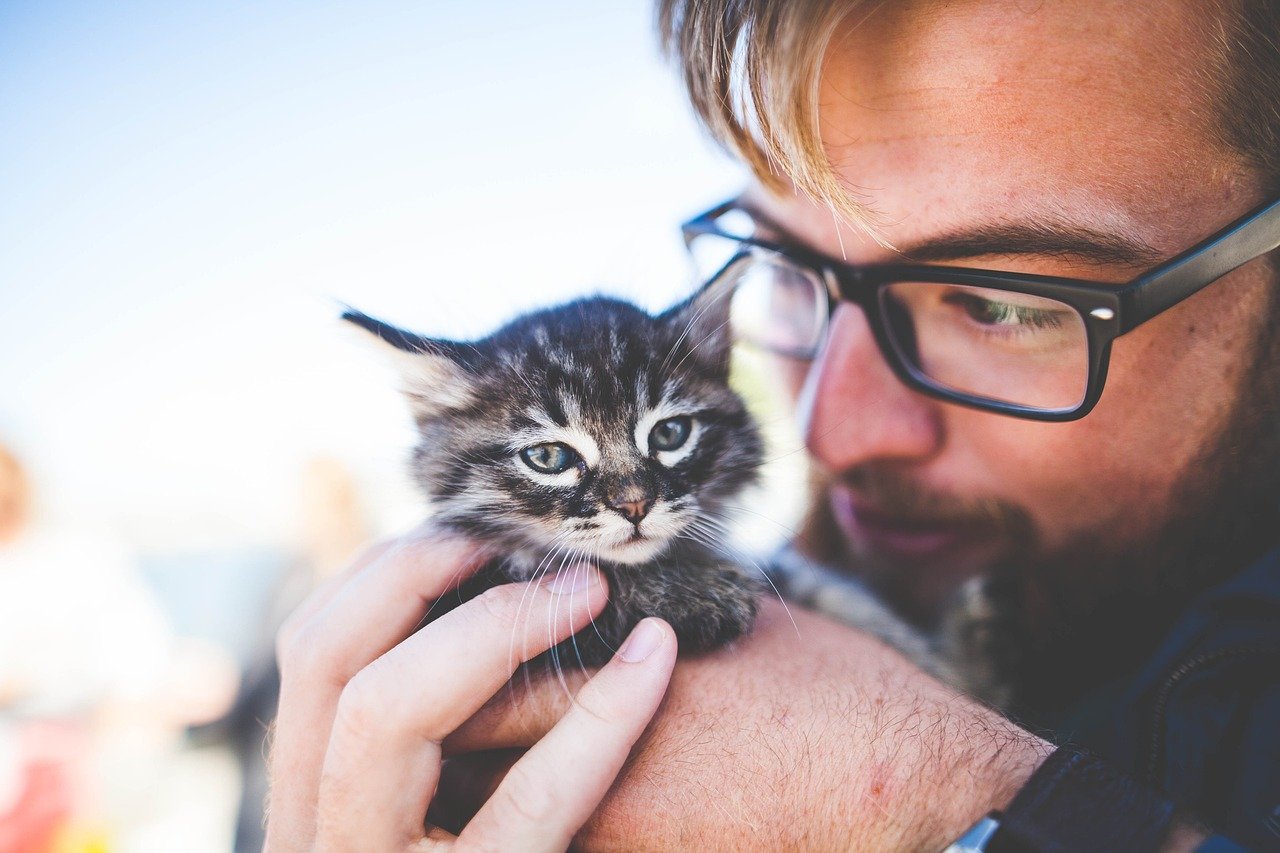
Cats are incredibly sensitive to the emotions of their humans. When owners are calm and positive, cats are more likely to mirror that emotional state. Stress, anger, or anxiety can ripple through the home, affecting even the most resilient feline. Creating a peaceful household benefits everyone, cats included. Simple acts—speaking softly, moving gently, or taking time to relax together—can have a profound impact. When humans model resilience and composure, their cats often follow suit, drawing strength from the emotional climate around them.
Celebrating Individuality and Growth
Every cat is a unique tapestry of experiences, instincts, and quirks. Some are naturally brave, others more cautious. The journey to emotional resilience is deeply personal, shaped by an individual cat’s history and the care they receive. Owners who celebrate their cat’s progress—no matter how small—foster a sense of pride and confidence. Resilience isn’t about being perfect or fearless; it’s about learning, adapting, and growing stronger with each new challenge. In the end, it’s this celebration of individuality that makes the bond between cat and human truly unbreakable.
Hi, I’m Bola, a passionate writer and creative strategist with a knack for crafting compelling content that educates, inspires, and connects. Over the years, I’ve honed my skills across various writing fields, including content creation, copywriting, online course development, and video scriptwriting.
When I’m not at my desk, you’ll find me exploring new ideas, reading books, or brainstorming creative ways to solve challenges. I believe that words have the power to transform, and I’m here to help you leverage that power for success.
Thanks for stopping by, Keep coming to this website to checkout new articles form me. You’d always love it!






